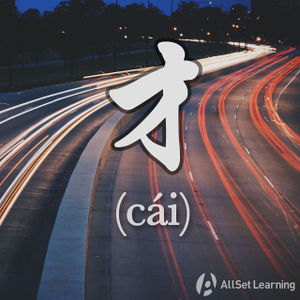Difference between revisions of "Expressing "that's all" with "eryi""
| Line 29: | Line 29: | ||
[[Category: C1 grammar points]] | [[Category: C1 grammar points]] | ||
| − | {{Basic Grammar| | + | {{Basic Grammar|岂不是|C1|岂不是 + rhetorical question |这 张 照片 的 帅哥,<em>岂不是</em> 有 一 点儿 像 我 吗?|grammar point|ASG6TB4J}} |
| − | |||
| − | |||
{{POS|Sentence patterns}} | {{POS|Sentence patterns}} | ||
| − | {{Used for| | + | {{Used for|Emphasizing a point}} |
Revision as of 09:42, 3 May 2013
-
Level
-
Similar to
-
Used for
-
Keywords
| This article is a stub. Editors can help the Chinese Grammar Wiki by expanding it. |
而已 expresses that something is merely what it is. It is like saying "it's only a test, that's all." 而已 is put at the end of the sentence to emphasis that something is just what it is.
Structure
Whenever you need to emphasize that something is just what it is and nothing more, you can stick 而已 at the end of the sentence. You can also use it in combination with 仅仅, which means "merely", though it is optional.
Subject + (仅仅)+ 是 + Object + 而已
Examples
- 不 要 听 他 的 话,他 只 是 开玩笑 而已。
- 这 一次 会议 没 有 具体 的 目标 方向,仅仅 是 建立 共识 而已。
× 这 辆 车 没 有 什么 特别,它 仅仅 是 普通 的 汽车 而已。
Sources and further reading
NEEDS SOURCES!!



